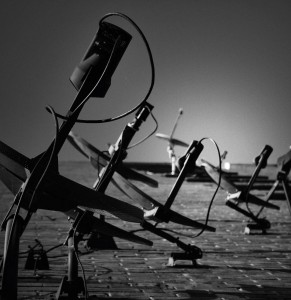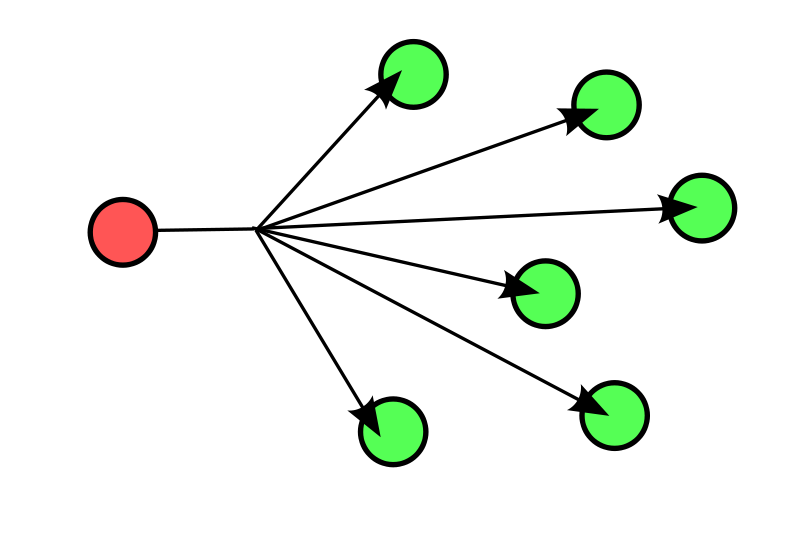Castles in the Air: Or, a DNS of the electromagnetic spectrum
Saturday, September 26th, 2009Blogging from TPRC 2009. Kevin Werbach has given us an excellent paper titled Castles in the Air but I think it could be titled reversible spectrum policy.
As all of our communication devices have become computers, Werbach points out that it is now possible to create a domain name system (DNS) of the air. Just as the DNS resolves a human-readable name to a unique numbered address, Kevin’s castle would provide a distributed database that resolves requests to transmit with the available spectrum. The nice thing about this proposal is you could change your mind about the allocations or the allocation system at any point without building and distributing all new transmitters and receivers.
The idea of this kind of spectrum server is not new, but it is just now starting to seem possible — politically and technically. For this to work you’d need to make some of the holders of underused spectrum let go of some of it — quite a political challenge. You’d also need to solve some hard technical problems that haven’t been solved. But looking up and into the future this castle in the air seems possible.
(Thanks to gagilas for the photo.)
I wonder: to what extend does this castle already exist? In unlicensed spectrum I previously argued (in The Return of the Broadcast War) that when there was no price for spectrum there often existed informal arrangements. I’ve since called this phenomenon spectrum vigilantes. Users of unlicensed actually make their own frequency tables and stick to them even in the absence of any requirement that they do so. I wonder what lessons these empirical data hold for Werbach’s plan.
I was talking about this with someone (I think it may have been Ben Singer) and instead of spectrum vigilantes he thought that this kind of thing should be called spectrum kangaroo courts or even the Jim Crow laws of the spectrum. That is, the devolution from central authority is an opportunity for people to conspire in secret and to pressure each other in ways that are not fair or legal. So clearly an advantage of Werbach’s plan is that by “centrally decentralizing” the system a lot more transparency (and data for researchers like me would be) would be created.
Werbach sidesteps the overheated, predictable, ideological debates about spectrum allocation by proposing a procedure that can accommodate any rule set and not really saying what rule set would be the best. (property rights! NO! commons! NO! … zzzzzzzzzzzz) That’s OK with me but I wonder to what extent the rule set can be separated from the debates. Perhaps Werbach thinks that if enough spectrum is made available in a hybrid system that includes the possibility of both priced and free we’d get the supercommons anyway as the price will fall to zero. That would be nice!
Risky though if it doesn’t work — Werbach would then be the architect of a coming spectrum property lockdown. Based on his past writing I think that’s not a title he wants. I would call Kevin Werbach the Chris Anderson of the electromagnetic spectrum but in fact Chris Anderson is the Kevin Werbach of everything else. And is Werbach’s title meant to reference to Don McLean or Sigmund Freud?





